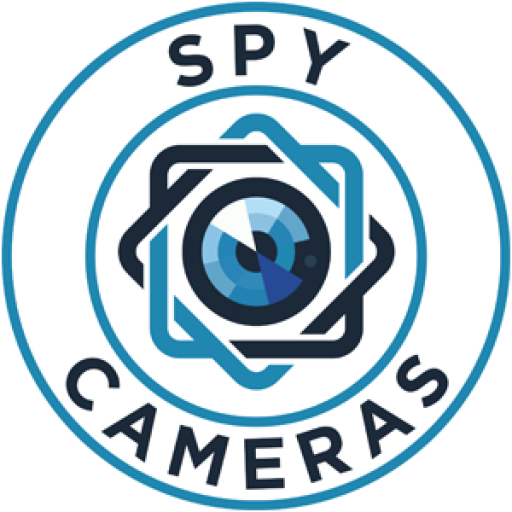There are many types of audio bugs (hard wire, radio frequency, optical and acoustic). Sometimes a combination of these is used to form a hybrid bug.
These can take the form of a device sending sound to a different location via different forms of transmission or a static recording device which is later retrieved.
‘Acoustic’ bugging is the direct listening without any Rf or hardwire transmission system. This type of device could be a stethoscope, wall contact microphones or even a glass on the wall, shotgun microphone or parabolic reflector. Another variation of this is the sound picked up is converted to a frequency outside the human hearing range in the ultrasonic spectrum then amplified. This can be listened to with a suitable ultrasonic listening device from a distance away.
Recorders
This form of bugging is simply the placing of a recording device in a location for later retrieval to make audio recordings, these devices often use a Micro SD card as a recording medium and can record up to 500 hrs of conversation on a single card. We supply these built into many devices such as power sockets and adapters. For further details see voice-recorders
GSM Bugs
Perhaps the most recent and powerful addition to the spies arsenal is the GSM bug or sometimes known as the infinity bug. These devices use the GSM mobile telephone system to transmit the conversation from the target area to any telephone in the world. These devices can be built into a wide variety of everyday items for examples of these have a look on our web page infinity-transmitters Yet another variation of this is the spy phone when software is loaded onto a target phone turning it into a bugging device.
Radio Frequency Transmitters
Probably the most commonly and widely used in the past of all the devices is the RF transmitter bug. At the lower end of the scale you will find the free oscillating VHF transmitter, transmitting on the commercial FM band 88-108 MHZ or the VHF Air band 108-140MHZ. These devices are inexpensive easy to use and require no specialised receiving equipment. Due to their low cost, there is very little incentive to recover these once planted. This is the type of bug most often used by private investigators and individuals, and the chance of finding the person who plants it, is low. It was a very similar bug to this which was used in Watergate .Moving further up the scale and very similar in operation is the crystal controlled UHF or VHF transmitter. These devices tend to operate higher up the frequency band than the free oscillating transmitter and are tuned to a fixed frequency. These require a dedicated receiver, or if you prefer a narrow band scanner may be used, the advantages are greater stability and less chance of casual interception of the signal.
Hardwire Bugs
Often referred to as a wire tap, this form of surveillance is the most reliable and gives high quality results. The wiretap can be installed onto existing wiring i.e.: telephone or alarm systems. If you are reading this document on the web then you have got the perfect hard wire bug in your premises i.e.: ‘the telephone’. Many think that telephones are only a security risk when being used but a simple modification to the handset needing only a small capacitor can leave the microphone connected, even when the phone is not in use, enabling the operation to connect a lead with an amplifier and headphones to the line and listen in high quality audio to all activity in the room (BEWARE). The hardwire bug in its simplest form is a microphone (this may be as small as 6mm in diameter) a pair of thin wires or a track of conductive paint leading back to a listening post and connected to a high gain amplifier or recording device (see audio booster and online catalogue). The only drawback to this system is the concealment of the wires and the fact that if they are discovered they can be tracked back to the listening post. Often hardwire bugs are used from outside the premises, either by placing a miniature microphone into an air vent, or any other opening or by just locating the microphone near an opening, as often all the conversation in the room can be overheard if you use a quality audio booster, such as the one we supply. Other variations of the wiretap are transmitters or recorders being attached to the wiring enabling the listening post to be outside the area, allowing the operator to just recover the recordings.
Optical devices
These normally convert audio signals into transmitted light pulses and this is converted back to audio signals when received. The main use for this system is the laser bounce principal, which relies on the propagation of sound waves, causing vibrations on objects such as windows. The laser beam is projected onto these, and is modulated by the small vibrations which, when received, can be converted back to audio signals by a similar principal to a CD player. These systems are very expensive, awkward to use and easily detected.

